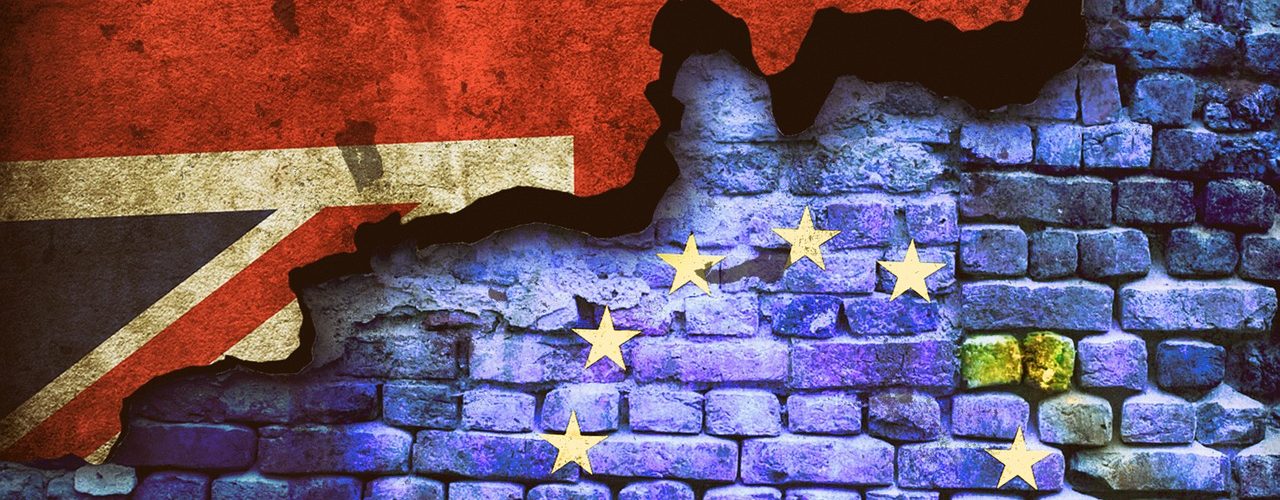Very early on in the negotiations ahead of the United Kingdom’s withdrawal from the EU, both the United Kingdom and the EU acknowledged the unique situation of Ireland and Northern Ireland. They agreed that a specific solution was needed to reconcile the different interests at play.
This solution was found in the form of the Protocol on Ireland and Northern Ireland, which:
- Avoids a hard border between Ireland and Northern Ireland, and safeguards the all-island economy and the Good Friday (Belfast) Agreement in all its dimensions;
- Preserves the integrity of the EU’s single market, along with all the guarantees it offers in terms of consumer protection, public and animal health, or combatting fraud and trafficking,
- Maintains Northern Ireland in the UK customs territory so that it may benefit from future Free Trade Agreements (FTAs) that the UK may conclude with third countries.
Main elements of the Protocol
- Alignment with EU rules: Northern Ireland will remain aligned to a limited set of EU rules, notably related to goods, and the Union’s Customs Code will apply to all goods entering Northern Ireland. This avoids any customs checks and controls on the island of Ireland.
- Necessary checks and controls will take place on goods entering Northern Ireland from the rest of the United Kingdom, including for example, Border Inspection Posts to ensure that the necessary sanitary and phyto-sanitary (“SPS”) controls are carried out.
- EU customs duties will apply to goods entering Northern Ireland unless those goods are not at risk of entering the EU’s Single Market. No customs duties will be payable, however, if it can be demonstrated that goods entering Northern Ireland from the rest of the UK are not at risk of entering the EU’s Single Market.
The Protocol on Ireland and Northern Ireland will become applicable at the end of the transition period. It was conceived as a stable and lasting solution, and it can be expected that it will apply alongside any agreement on the future partnership.
Extract out of the Protocol on VAT
TITLE III
ONGOING VALUE ADDED TAX AND EXCISE DUTY MATTERS
Article 51
Value added tax (VAT)
1. Council Directive 2006/112/EC (29) shall apply in respect of goods dispatched or transported from the territory of the United Kingdom to the territory of a Member State, and vice versa, provided that the dispatch or transport started before the end of the transition period and ended thereafter.
2. Directive 2006/112/EC shall continue to apply until 5 years after the end of the transition period with regard to the taxable person’s rights and obligations in relation to transactions with a cross-border element between the United Kingdom and a Member State that took place before the end of the transition period and with regard to transactions covered by paragraph 1.
3. By way of derogation from paragraph 2 and from Article 15 of Council Directive 2008/9/EC (30), refund applications that relate to VAT which was paid in a Member State by a taxable person established in the United Kingdom, or which was paid in the United Kingdom by a taxable person established in a Member State, shall be submitted under the conditions of that Directive at the latest on 31 March 2021.
4. By way of derogation from paragraph 2 and from Article 61(2) of Council Implementing Regulation (EU) No 282/2011 (31), amendments to VAT returns that were submitted in accordance with Article 364 or Article 369f of Directive 2006/112/EC either in the United Kingdom with regard to services supplied in Member States of consumption before the end of the transition period, or in a Member State with regard to services supplied in the United Kingdom before the end of the transition period, shall be submitted at the latest on 31 December 2021.
Source ec.europa.eu















